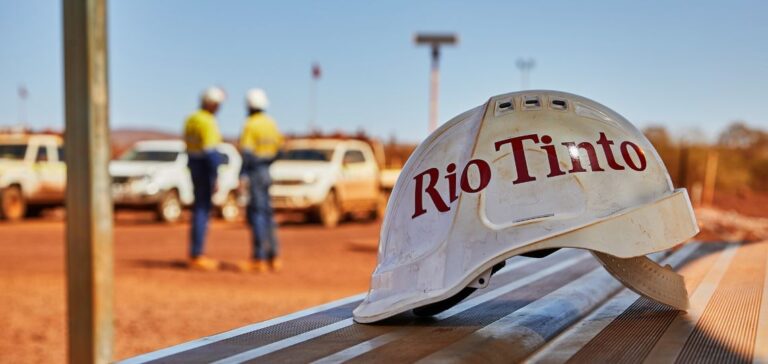Chilean state-owned company Corporación Nacional del Cobre de Chile (Codelco) has confirmed a partnership with Rio Tinto Group to develop the Maricunga salar, located in northern Chile. According to the statement released on May 20, Rio Tinto will invest $900mn to acquire a 49.99% stake in Salar Maricunga, the company overseeing the project. Codelco will retain 50.01% ownership and majority control of the operation.
A high-concentration deposit
The Maricunga salar is recognised as the second-highest lithium concentration deposit globally, per litre of brine extracted, following the Atacama salar, also located in northern Chile. It lies approximately 950 kilometres north of the capital Santiago. Currently, Chile exploits only the Atacama site for lithium production.
The creation of Salar Maricunga is intended to manage the project’s operational phase within a shared governance structure. Codelco, the world’s leading copper producer, continues to pursue a diversification strategy into strategic metals. “This project gives continuity to our diversification strategy towards lithium,” said Maximo Pacheco, Chairman of Codelco’s Board of Directors, in the release.
Unchanged institutional framework
The project aligns with the national lithium strategy launched in 2023 by Chilean President Gabriel Boric. This policy mandates that lithium extraction, classified as a strategic resource, remains under state control, while allowing private investment through structured partnerships.
Active in 35 countries, Rio Tinto is the world’s second-largest mining group. It is currently developing two other lithium projects, in Argentina and Serbia. The Chilean agreement is expected to close in the first quarter of 2026.
A response to global demand
Chile is the second-largest lithium producer worldwide, following Australia. The metal is critical to manufacturing batteries for electric vehicles and electronic devices—sectors experiencing rapid growth. Securing supply chains and ramping up production capacity have become central industrial priorities.
The collaboration between Codelco and Rio Tinto confirms a trend toward sector consolidation around major partnerships, as governments seek to maximise the value of strategic resources while maintaining national oversight of their exploitation.






















